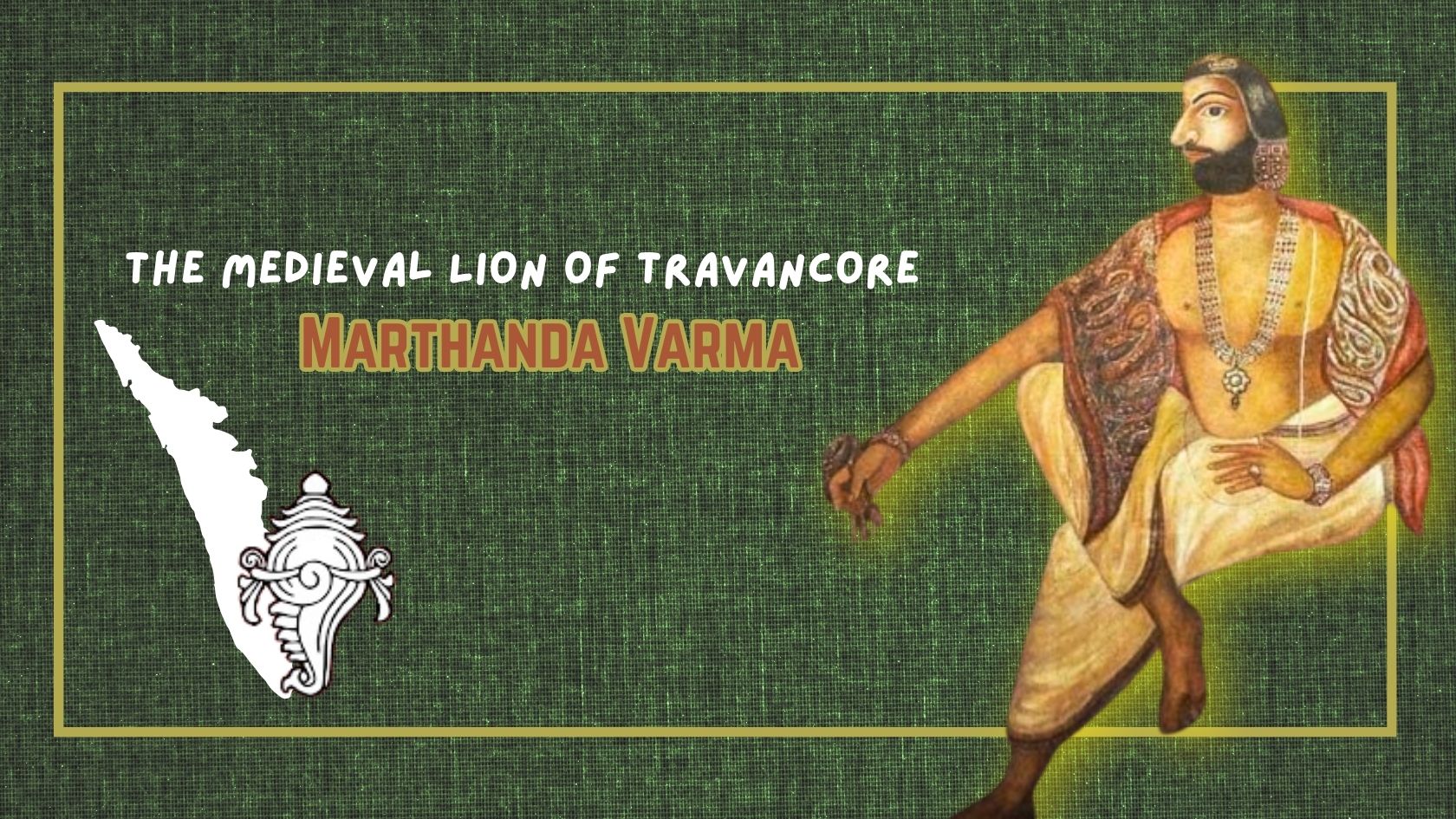
Shri Ramachandra Prasad's captivating narrative and the hot chai that was served at the right time transported me to ancient Kerala, where the extraordinary tale of Marthanda Varma, the visionary architect of the Travancore kingdom, unfolded before my eyes. His reign, one embedded with bold conquests, astute diplomacy, and unwavering determination, transformed a fractured realm into a formidable power, etching an enduring legacy on the sands of time. This literary gem offers a feast for those eager to explore the untold chapters of Indian history, the hidden narratives that textbooks often neglect.f
Marthanda Varma's journey began in 1706, amidst the picturesque landscapes of the medieval Kingdom of Venad in southern India. The kingdom, a vestige of the ancient Chera dynasty (Ay dynasty of Quilon, today’s Kollam), was a shadow of its former glory, plagued by internal strife and external threats. The ruling dynasty followed the matrilineal system of succession, where the heir to the throne was the king's nephew, not his son. However, King Rama Varma, Marthanda Varma's uncle, fell in love with a beautiful dancer and, defying tradition, declared that their children would inherit the throne. This decision ignited a power struggle within the kingdom, casting a long shadow over Marthanda Varma's claim to the throne.
As Marthanda Varma grew into adulthood, he displayed remarkable leadership qualities and a steely determination that set him apart. He was described as a towering figure, standing at six and a half feet tall, with a commanding presence that inspired awe and respect. His hands were said to reach below his knees, a physical characteristic that added to his aura of strength and authority. The young prince was not one to shy away from challenges; he actively sought to understand the plight of his people, often travelling in disguise to experience their lives firsthand. These journeys exposed him to the injustices and corruption prevalent in the kingdom, fueling his desire to bring about change.
However, his path to kingship was fraught with peril. The Ettuveetil Pillamar, a powerful group of eight feudal lords who controlled vast swathes of land and wealth, saw Marthanda Varma as a threat to their dominance. They threw their support behind the king's children, orchestrating numerous attempts on Marthanda Varma's life. The young prince, however, proved to be a survivor. He evaded assassination attempts with cunning and bravery, often relying on disguises and the help of loyal subjects. One such instance involved hiding within the hollow of a giant jackfruit tree, known as the 'Ammachi Plavu,' which still stands today as a testament to his resilience. He traversed the kingdom, rallying public support and forging alliances with those who believed in his vision for a stronger Venad.
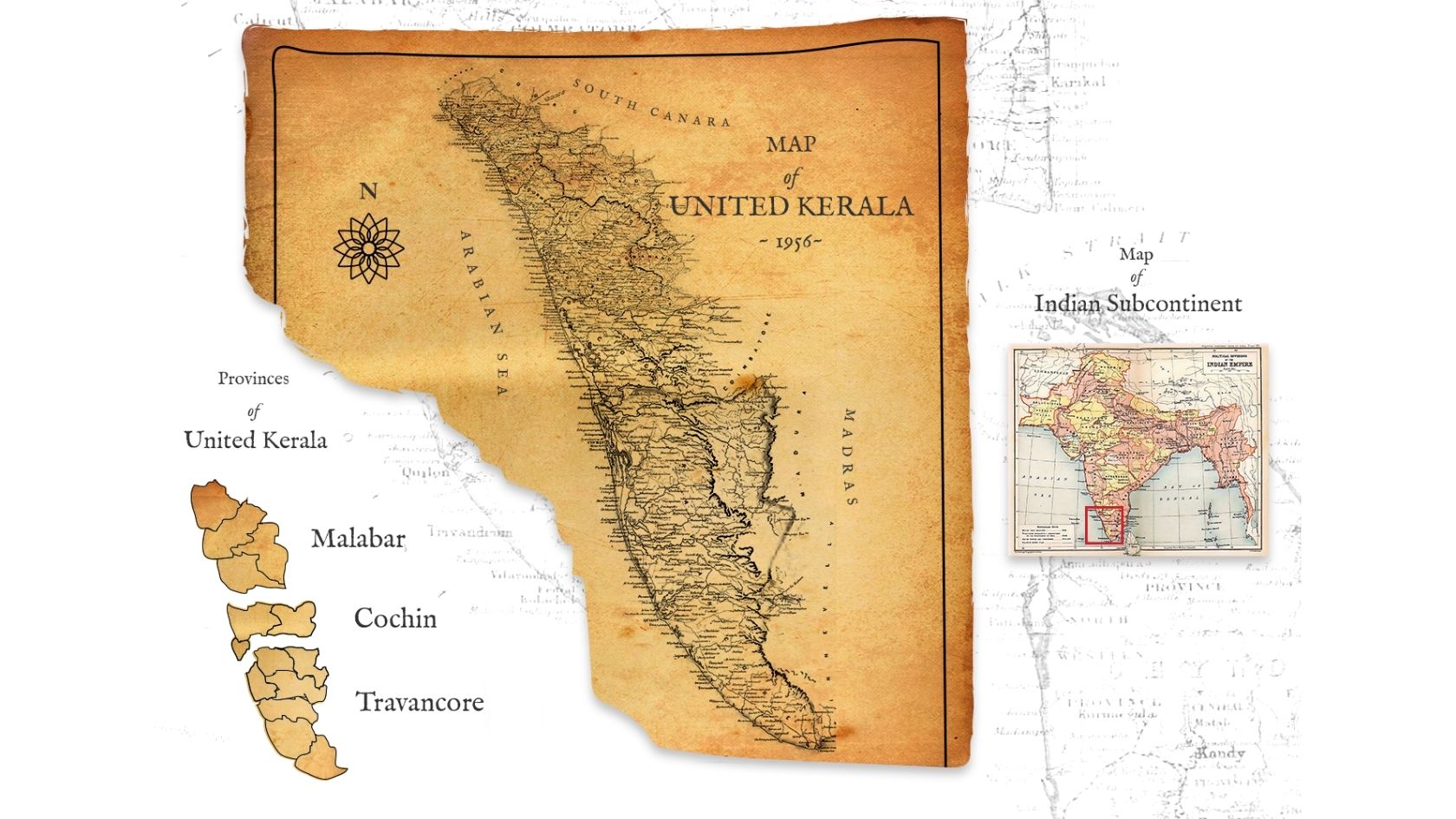
Amidst the political turmoil, a tender love story blossomed. Marthanda Varma fell in love with his cousin, Princess Ummini Thanga. However, their love was forbidden due to the complex web of alliances and rivalries within the royal family. Marthanda Varma's ascension to the throne and his subsequent actions against Muniamma's brothers further strained their relationship. Though their love remained unfulfilled, it is said to have deeply impacted both their lives, adding a poignant layer to Marthanda Varma's story.
In 1729, at the age of 23, Marthanda Varma ascended the throne of Venad, aided by his trusted advisor, Ramayyan Dalawa. The kingdom was in a state of disarray, its treasury depleted, and its authority challenged at every turn. Marthanda Varma's first task was to consolidate his power and eliminate his adversaries. The Ettuveetil Pillamar, emboldened by their influence, continued to plot against him. During the annual Arat procession of the Padmanabhaswamy Temple, a sacred event where the deity was taken to the sea, they planned to ambush the king. However, Marthanda Varma, tipped off by his spy network, turned the tables on his enemies. He exposed their conspiracy, bringing them to trial and sentencing them to death. The Ettuveetil Pillamar's estates were confiscated and their power dismantled, marking a turning point in Marthanda Varma's reign.
Marthanda Varma understood the importance of information in maintaining his control over the kingdom. He established a vast and efficient spy network, with agents placed in every corner of the realm. These spies, often drawn from the marginalised communities, provided the king with vital intelligence about potential threats, conspiracies, and the general mood of the populace. This network allowed Marthanda Varma to act swiftly and decisively, quelling any dissent before it could escalate into a full-blown rebellion.
With his internal enemies vanquished, Marthanda Varma set his sights on expanding his kingdom. He embarked on a series of conquests, annexing neighbouring principalities one by one. He conquered independent principalities of Attingal, Kayamkulam, Ambalappuzha, Thekkumkoor & Vadakkumkoor in major battles. His military campaigns were swift and decisive, extending his dominion from Kanyakumari in the south to the Periyar River in the north. His military prowess, coupled with Ramayyan Dalawa's strategic brilliance, proved to be an unstoppable force.
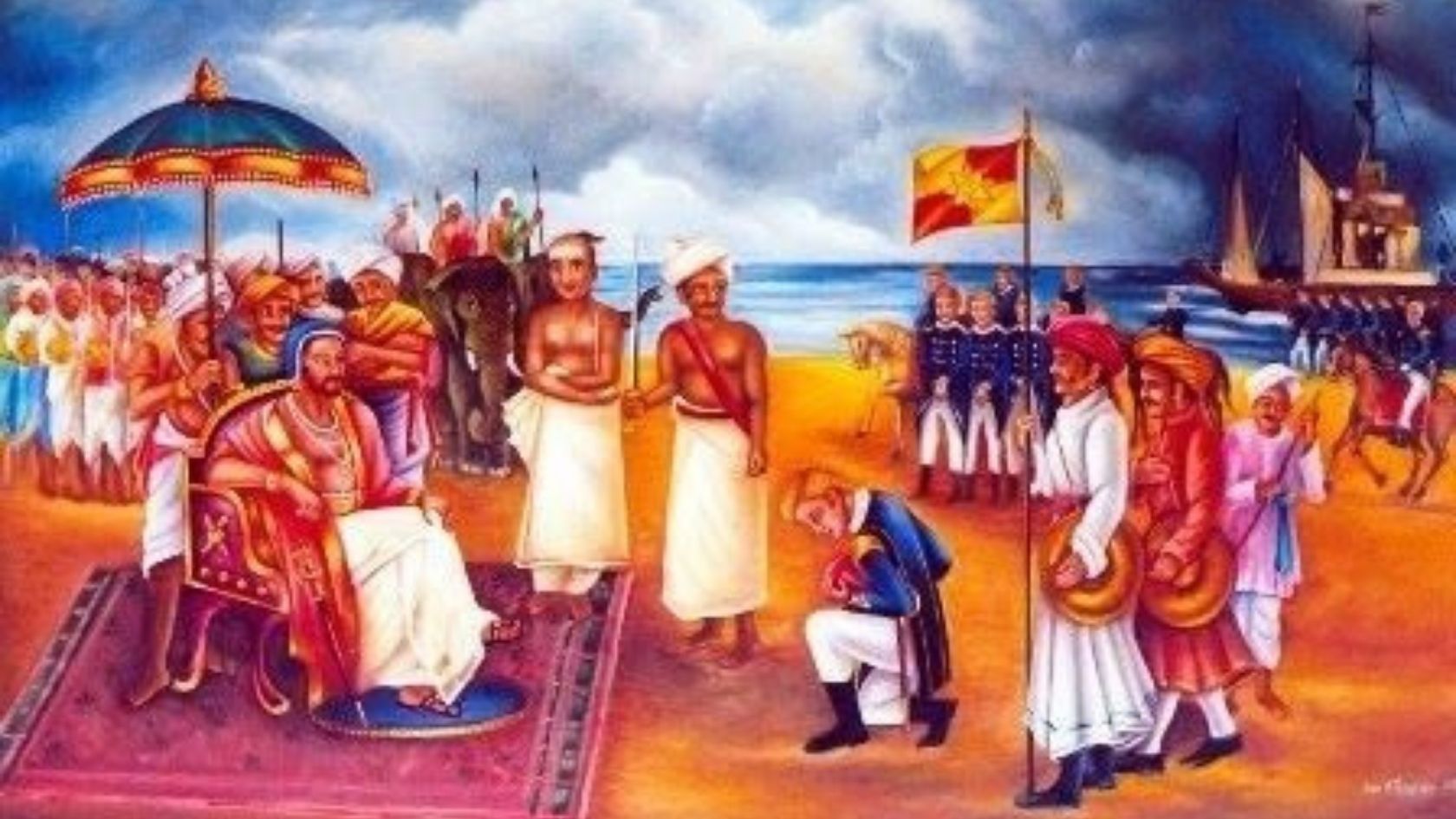 The Dutch East India Company, alarmed by Marthanda Varma's growing power and his control over the lucrative spice trade, sent a formidable armada to crush him. In the Battle of Colachel in 1741, Marthanda Varma's forces, employing clever tactics and guerrilla warfare, inflicted a crushing defeat on the Dutch, capturing their admiral, Eustachius De Lannoy. This victory, a watershed moment in Indian history, marked the first time a European power had been decisively defeated by an Indian ruler on the battlefield. De Lannoy, impressed by Marthanda Varma's leadership, switched allegiances and became a valuable asset to the Travancore army, modernising it and training it in European warfare techniques.
The Dutch East India Company, alarmed by Marthanda Varma's growing power and his control over the lucrative spice trade, sent a formidable armada to crush him. In the Battle of Colachel in 1741, Marthanda Varma's forces, employing clever tactics and guerrilla warfare, inflicted a crushing defeat on the Dutch, capturing their admiral, Eustachius De Lannoy. This victory, a watershed moment in Indian history, marked the first time a European power had been decisively defeated by an Indian ruler on the battlefield. De Lannoy, impressed by Marthanda Varma's leadership, switched allegiances and became a valuable asset to the Travancore army, modernising it and training it in European warfare techniques.
Marthanda Varma's conquests laid the foundation for the Travancore kingdom. He shifted his capital from Padmanabhapuram to Thiruvananthapuram, strategically located on the Malabar Coast, providing access to maritime trade routes. He embarked on a series of reforms, improving agriculture through irrigation systems and land reclamation, promoting trade by establishing new ports and markets. Black pepper reigned supreme as the primary commodity, but other goods gradually fell under the umbrella of royal monopolies, necessitating a license for trade during the period spanning from the 1740s to the 1780s.
The Padmanabhaswamy Temple, the spiritual heart of the kingdom, was rebuilt and expanded into a magnificent structure, becoming a symbol of Marthanda Varma's devotion and power. To avoid the attacks from the successors of his cousins, he tactically devised a plan and declared himself the "Padmanabha Dasa," or servant of Padmanabha, solidifying the connection between the monarchy and the deity, and further legitimising his rule. He made Padmanabhaswamy the ruler of Travancore and seated himself as a humble servant of god and the vice-regent of the kingdom. This act of Marthanda Varma not only shows his brilliance but also his respect for Padmanabhaswamy. The temple's reconstruction in a dravidian style was a monumental undertaking, involving skilled artisans and architects who crafted intricate granite sculptures and adorned the temple with gold and precious stones. The temple is said to be the last of its kind in Dravidian architecture. The king's dedication to the temple was evident in his generous donations, including vast amounts of gold and precious gems, which over time contributed to the legendary treasure trove discovered in its vaults centuries later.
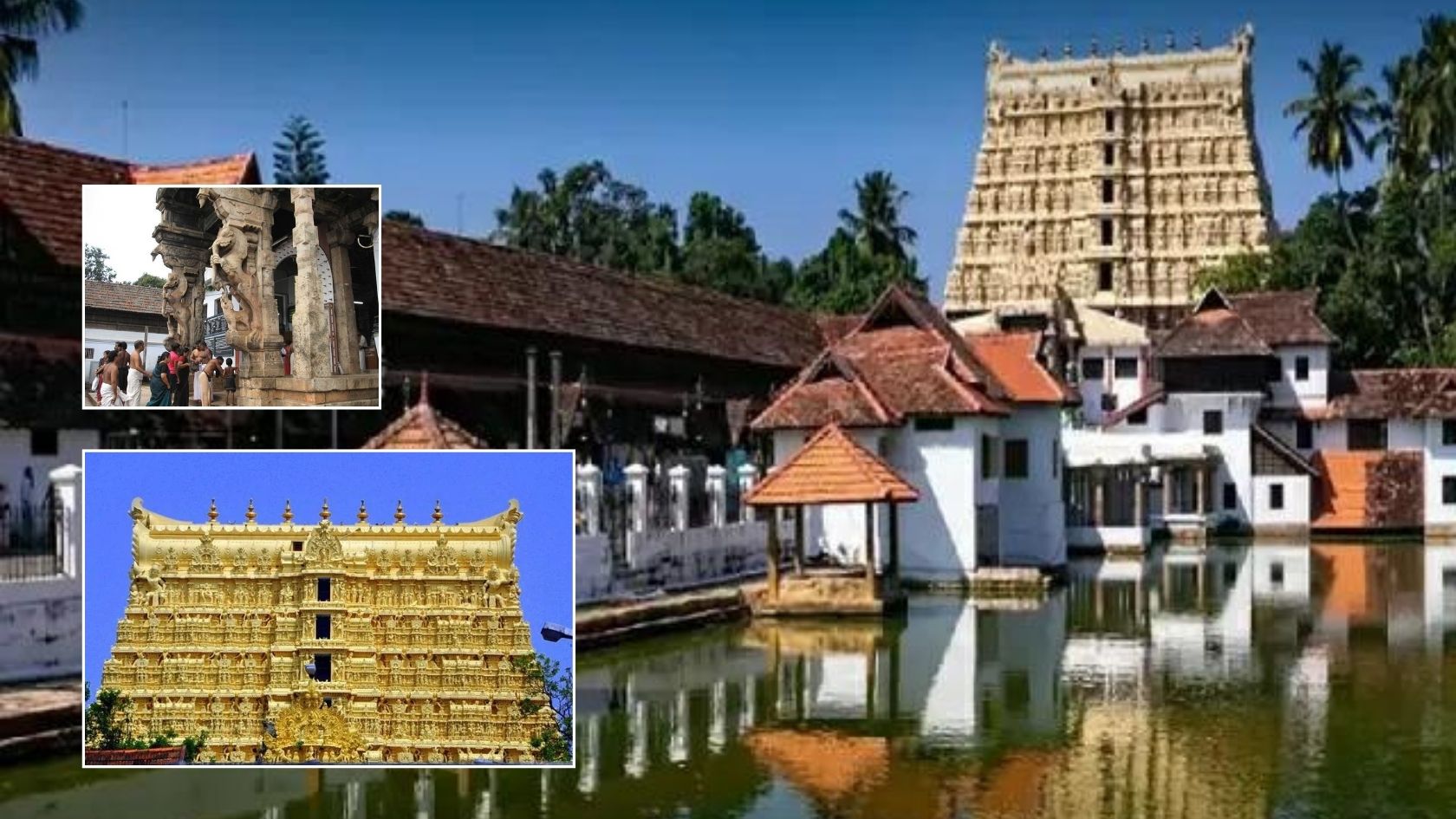
Marthanda Varma's profound devotion led him to contribute immense wealth to the temple, a tradition that successive rulers diligently upheld. This unwavering commitment resulted in the awe-inspiring accumulation of riches within the temple's hallowed walls. The deity, a magnificent embodiment of 16,000 meticulously arranged saligrams, reclines in serene splendor, adorned entirely in gold and diamonds. Its sheer grandeur necessitates the presence of 3 distinct doorways, each offering a unique perspective for witnessing and worshipping this divine marvel.
Marthanda Varma's reign was not without its challenges. He faced threats from the Mysore Kingdom under Hyder Ali and Tipu Sultan, who sought to expand their dominion southward. Marthanda Varma, however, proved to be a shrewd diplomat and a formidable military leader. He forged alliances with the British East India Company and other regional powers, successfully thwarting Mysore's advances. He conceived a series of fortifications. When Hyder Ali had just usurped the throne in Mysore, he anticipated the threat and conceived the 45 kms stretched Nedumkotta, a massive wall stretching across the Western Ghats, which was later built and completed by his successor Ramavarma to protect the kingdom from invasion. This wall, a marvel of engineering, served as a formidable barrier against Mysore's incursions, demonstrating Marthanda Varma's foresight and strategic acumen.
He also faced opposition from within his own kingdom. Disgruntled elements loyal to the deposed Ettuveetil Pillamar and other marginalised groups occasionally rose in rebellion. Marthanda Varma dealt with these uprisings swiftly and decisively, ensuring the stability of his realm. He established a strong centralised administration, curbing the power of feudal lords and implementing a fair and efficient tax system. His reforms streamlined the governance of the kingdom, ensuring that resources were utilised effectively and that justice was dispensed impartially. He also established a well-organised spy network, ensuring that he was always aware of any potential threats to his rule or the well-being of his subjects. This network, run by his trusted prime minister, Dalawa Velu Thambi, extended throughout the kingdom and even beyond its borders, providing Marthanda Varma with vital intelligence that helped him maintain his grip on power.
Despite his military conquests and firm hand in dealing with his enemies, Marthanda Varma was also known for his compassion and concern for his subjects. He implemented several welfare measures, including building hospitals, schools, and orphanages. Under Marthanda Varma's reign, Thiruvananthapuram ascended to prominence as a leading city in Kerala. The annexation of neighbouring territories led to an influx of artists and scholars, transforming the city into a vibrant cultural hub. Marthanda Varma's patronage extended to a diverse range of temple art forms, including Koothu, Padhakam, Kathakali, Thullal, and Koodiyattam, fostering their growth and ensuring their enduring legacy. He was particularly fond of Kathakali, a classical dance-drama form, and supported its development, ensuring that this unique art form thrived under his patronage.
The passing of Ramayyan Dalava, Marthanda Varma's esteemed prime minister and confidant, in 1756, plunged the king into profound sorrow. Two years later, in 1758, Marthanda Varma himself succumbed to grief, leaving behind a legacy of transformative leadership. His nephew, Rama Varma, also known as Dharma Raja, ascended the throne, ensuring the continuation of Marthanda Varma's visionary policies. Dharma Raja proved his mettle by successfully defending Travancore against the encroaching forces of the Kingdom of Mysore. Marthanda Varma's enduring impact extended far beyond his reign, as his policies fundamentally reshaped the medieval political and economic landscape of southern Kerala.
Marthanda Varma's compassion extended beyond his human subjects. He was known for his love for animals and is said to have established the first elephant sanctuary in India. He also implemented strict laws against cruelty to animals, reflecting his deep respect for all living beings. His benevolent rule endeared him to his subjects, who saw him not just as a powerful king but also as a caring and compassionate ruler. He was often seen interacting with his people, listening to their grievances, and ensuring that their needs were met.
From a young prince navigating treacherous political waters to a powerful king who unified a fragmented realm and defied European dominance, his story is an embodiment of courage and strategic brilliance. Marthanda Varma's legacy extends beyond his military conquests, encompassing his dedication to the welfare of his people, his patronage of arts and culture, and his profound impact on the socio-economic landscape of Travancore. His reign, a golden age in the region's history, serves as a testament to the enduring power of visionary leadership and the profound impact one individual can have on the course of history.
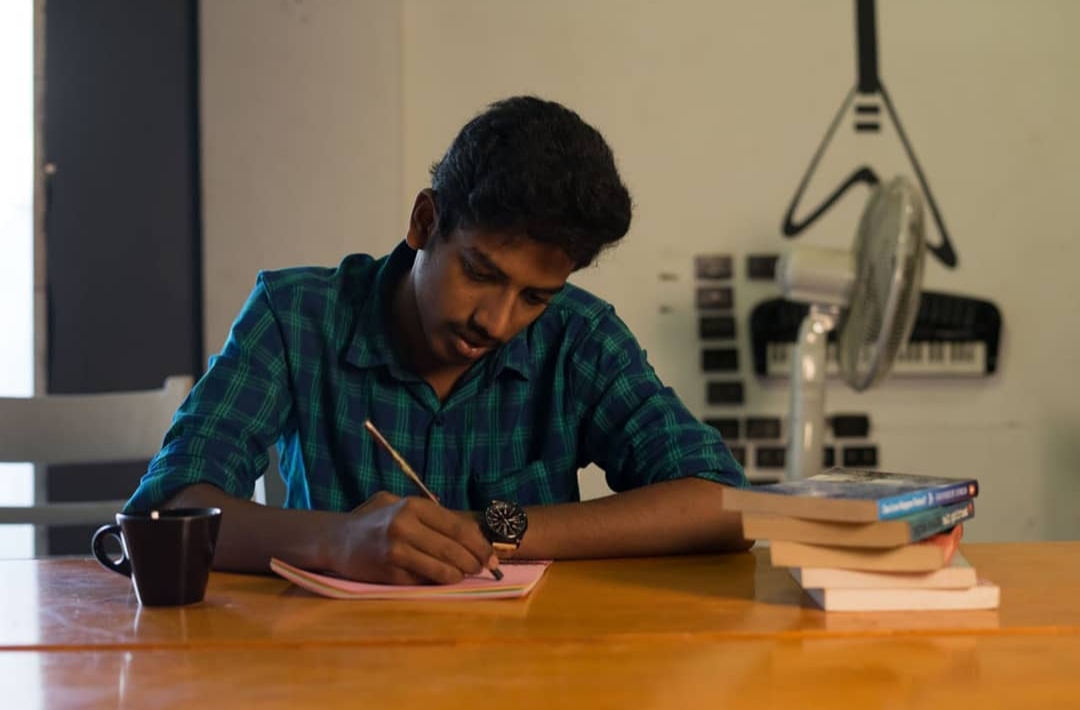 Vigneshwaran, Senior Correspondent of TheVerandahClub.com is both a skilled digital content writer and marketer by profession, as well as an avid independent writer driven by his passion. His literary talents extend to crafting beautiful poems and captivating short stories including the Sehwag Tales series. In addition to these creative pursuits, he has also authored a book titled "Halahala," which can be found on Wattpad.
Vigneshwaran, Senior Correspondent of TheVerandahClub.com is both a skilled digital content writer and marketer by profession, as well as an avid independent writer driven by his passion. His literary talents extend to crafting beautiful poems and captivating short stories including the Sehwag Tales series. In addition to these creative pursuits, he has also authored a book titled "Halahala," which can be found on Wattpad.
PREVIOUS ARTICLE
NEXT ARTICLE
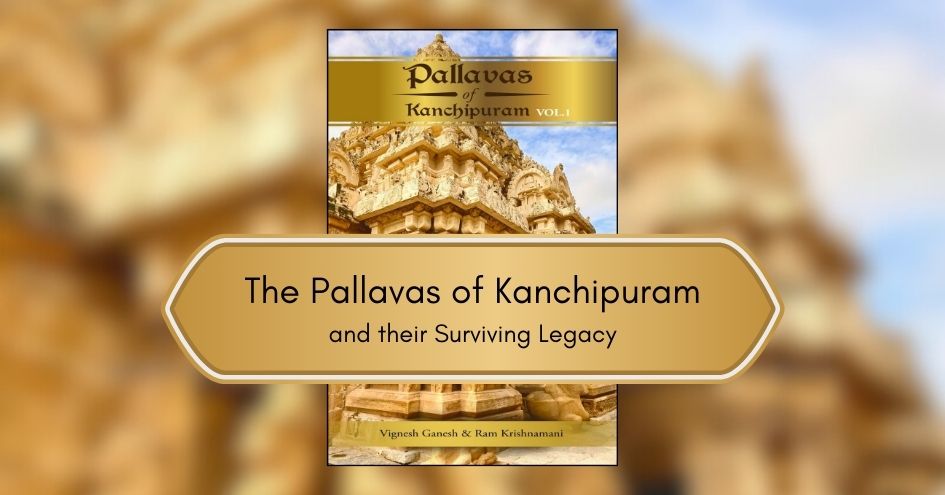
Introduction In Bharatvarsha, History is not the account narrated by victors. It is the record left behind by survivors. The study of Indian History...
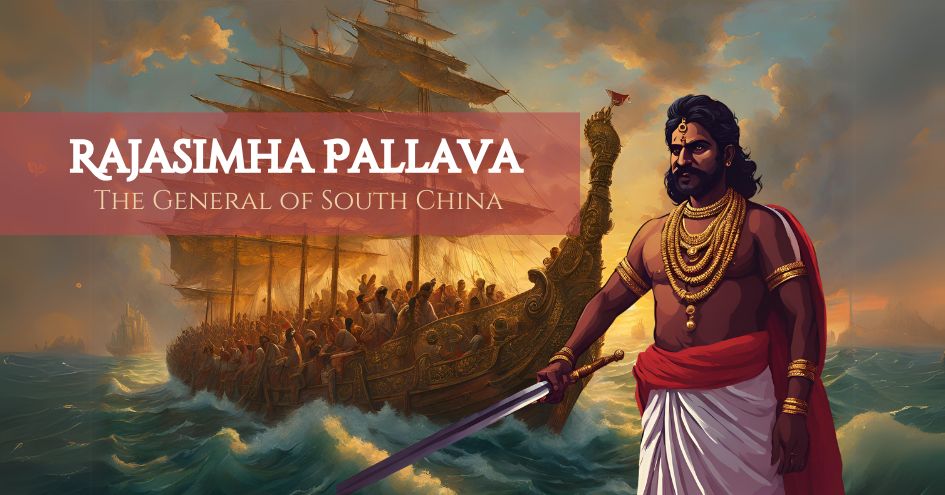
It is the first-half of the 8th Century C.E. in South India. The Pallava kingdom possesses strength and prosperity with some of the greatest monument...

The year is 1802. Lt. Colonel William Lambton, an officer of the British Infantry who had been part of the the 4th Anglo-Maratha war and Siege of Seri...